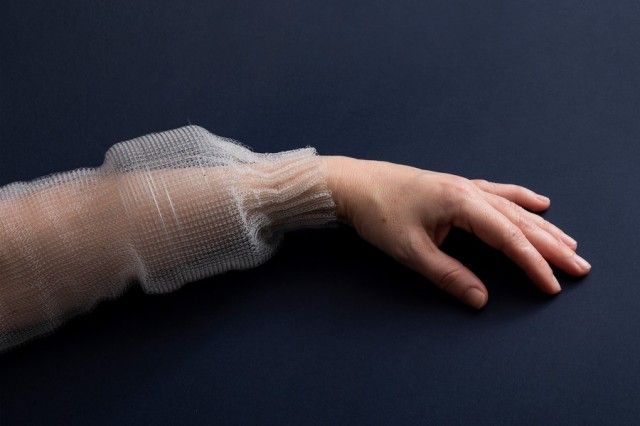
The US Army and the Massachusetts Institute of Technology (MIT) have developed a smart clothing fiber that could transform uniforms into wearable computers.
The electronic textiles could be used to power sensors; collect data on the wearer and their environment; and transmit that data back to headquarters. The fibers could also give advance warning of potential threats -such as chemical weapons attacks – and indicate the wearer’s physical location. It can also act as a digital storage device and store data for up to two months without power.
Another important potential application is monitoring the soldiers and his or her environment. Researchers used the fiber to power artificial intelligence applications, collecting data to be later interpreted to detect changes in both the wearer, and the wearer’s environment. The fibers could also monitor heart rate, respiratory rate, muscle data, and other key health indicators.
MIT’s Army-funded Institute for Soldier Nanotechnologies (ISN) used polymer fibers containing hundreds of silicon microchips that, when electrified, can sustain a digital connection across tens of meters. The Army Combat Capabilities Development Command describes the fiber as being “thin and flexible, and can pass through a needle, be sewn into fabrics, and washed at least 10 times without breaking down.”
Currently, a small external device is required to control the fibers. The next step will be to design a new chip that can act as a microcontroller from within the fiber itself.
“This groundbreaking research, with other research underway at the ISN, could revolutionize Soldier uniforms,” said James Burgess, ISN’s program manager at the Army Research Laboratory (ARL).
Results of the research were published earlier this month in the journal Nature Communications.
